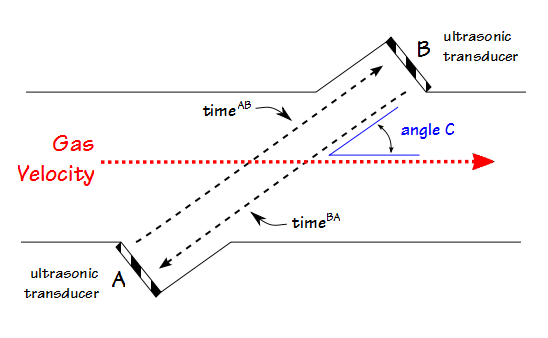A lab manager recently emailed me and asked my opinion about whether it was okay to use generic mouthpiece filters on their test systems. They had asked the same question of their equipment manufacturer and received the following statement (parts of which have been redacted by me):
“The [model number] PFT system was designed/tested/certified using the [manufacturer’s] filter. While other “off-label” filters may fit our devices, they have never been tested or approved for use by [the manufacturer]. The precision and accuracy of our devices could be compromised by using different type filters. It is our recommendation that you continue to use the [manufacturer’s] approved filters with your PFT equipment.”
Since I doubt the manufacturer has tested their equipment with any other mouthpiece filters than those they sell this is in some ways a true statement. Having said that, it is also a statement designed to sow fear, uncertainty and doubt (FUD) in the minds of their customers about a subject that is relatively straightforward.
The human respiratory tract is a potential source of particles in the 0.1 to 20 micron range, particularly when coughing but even to some extent during quiet breathing. Mouthpiece filters are barrier filters and intended to prevent these particles from getting into PFT equipment. Filter manufacturer’s claims are very similar and usually state a “Bacterial filtration efficiency: > 99.999% and Viral filtration efficiency: > 99.99%”. In one sense this statement is somewhat disingenuous because mouthpiece filters are not tested with bacteria or viruses (which have diameters as small as 0.03 microns) directly, but are instead tested with aerosols generated by a nebulizer.
A HEPA (High Efficiency Particle Absorption) filter is a true bacterial filter and to meet standards it must filter out 99.97% of all particles 0.3 microns or larger. Mouthpiece filters are not HEPA filters, partly because of cost but far more importantly because HEPA filters have a lot of resistance to air flow. A HEPA filter is a sieve mouthpiece with opening sizes that prevent particles above a specific size from passing through. Mouthpiece filters instead work by impaction and electrostatic attraction. Larger particles are captured by impacting or otherwise being intercepted by the filter fibers and the fibers usually also have an electrostatic charge that attracts smaller particles.
Continue reading →

